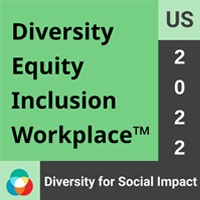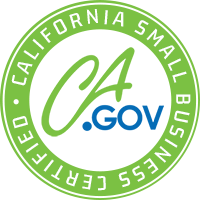Blog


Priorities When Creating Remote Training and Onboarding Programs
Processes, processes, processes — Much like the “location” mantra of real estate, processes have become a critical anchor in managing a remote team, starting with remote training and onboarding. When you have a clear and consistent roadmap to follow, all of your virtual employees get the same experience and receive everything they need to succeed on Day 1.
With this in mind, let’s look at some top priorities for developing remote training and onboarding programs.
Build a Connection Before Day 1
Your new employee’s first day should not be their first experience with your company beyond the interview. Get your new hires excited about onboarding by connecting with them before Day 1. If possible, introduce them to the team or company leaders so they can start learning names and faces. If real-time intros aren’t in the cards, have team members create personalized videos to email the new hire.
Set Up Systems Access
Your new hire should be set up for success from the very beginning. This means being able to access tools and features with ease rather than waiting for you to give them access. Make sure they can use the required tools they’ll need for onboarding and training so that processes can keep moving forward.
Assign a Mentor
Your new hire is likely to have lots of questions during and after the onboarding. Assign them a go-to person who can serve as a resource during the first several weeks. This gives them someone they can continue building a strong connection with and ensures they know where to turn for help.
Create a Virtually Immersive Experience
Think about all the personal touchpoints a candidate would make during in-person onboarding. Those touchpoints make a difference in a new hire’s confidence. You can recreate some of these experiences virtually, such as offering a meet and greet with other employees, doing an office tour, or taking part in a group meeting.
Provide an Onboarding Agenda
Setting the right expectations for onboarding and training ahead of time can put your new hire at ease. Consider creating an onboarding agenda so they have some sort of direction for their day.
Set Training Milestones
Training and onboarding can be vague processes if they have no clear beginning and end. Many times, employees aren’t sure whether they are still in the training or onboarding phase and aren’t certain about how much progress they’re making or what they’re expected to know at any given time. You can take the guesswork out of the process by adding milestones to your training and onboarding. Break it down into bite-sized goals so they can take accountability for how much they’re learning.
Leave Space for Questions
Even seasoned professionals can feel inundated by a new environment, new team members, and new information. Your remote onboarding and training programs should always leave time for questions so they can feel confident moving to the next step.
At Thankz, we reduce time-to-hire so our clients can focus on providing top-notch onboarding and training experiences. Learn more about our approach by Sending an inquiry or booking a call.


![[Veteran or Service-Disabled Veteran] Disability-Owned Business circular certification badge with text shown in circular orientation and with Disability:IN icon logo in center](https://www.thankz.com/blog/wp-content/themes/thankz/images/dobe-badge.png)

